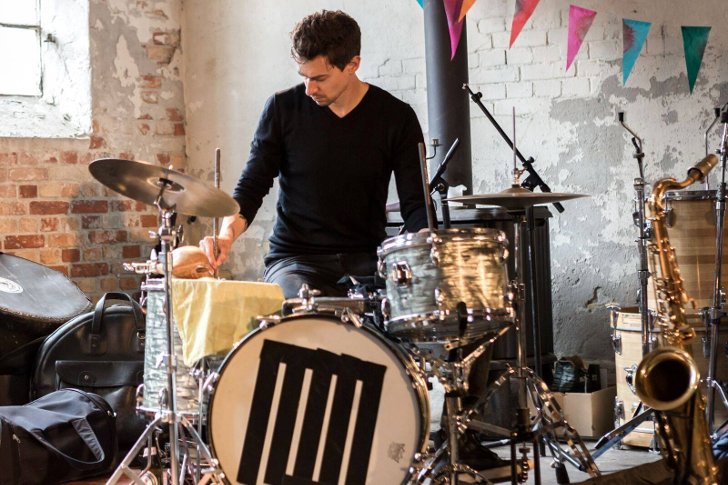The history of the Copenhagen Jazz Festival is closely linked to the jazz scene that emerged and evolved in the capital of Denmark in the 1960s. At that time, many American jazz musicians temporarily or even permanently moved to Europe, primarily to France and Denmark. Copenhagen served as a European home for Kenny Drew, Ben Webster, Dexter Gordon, Thad Jones, Ed Thigpen, Stuff Smith, Stan Getz, and other jazz icons. They drew inspiration from Denmark's jazz scene and eventually helped transform Copenhagen into one of Europe's jazz capitals.
As we've already mentioned above, the first series of jazz concerts in Copenhagen took place in 1964, but the Copenhagen Jazz Festival in its present form was founded in 1979. The inaugural festival was headlined by Bob Brookmeyer, Benny Waters, Jim Hall, Ella Fitzgerald, Count Basie, Horace Parlan, Doug Raney, Oscar Peterson, Stéphane Grappelli, Niels-Henning Ørsted Pedersen, Ron Carter, Watehr Report, Sonny Rollins, and other famous jazz artists and bands.
With its attendance of over 250,000 people, the Copenhagen Jazz Festival is one of the largest music events in Europe. 90% of the audience members are from Denmark, the rest come from different countries including Sweden, Norway, Germany, the United Kingdom, and the United States. The festival is run with the help of more than 200 volunteers.
The Copenhagen Jazz Festival begins on the first Friday of July and runs over ten days. It features about 1,000 concerts at more than 100 venues throughout Copenhagen. The largest venues include Copenhagen Jazzhouse, the legendary jazz club Jazzhus Montmartre, Tivoli Gardens, National Gallery of Denmark (Statens Museum for Kunst), the Royal Danish Theater, and the Copenhagen Opera House. More intimate concerts are held at clubs, cafes, bars and concert halls. There also are plenty of outdoor performances in Copenhagen's parks and squares. Some concerts require entry fees but there are many free shows as well.

Photo: Asbjørn Rosenlund




